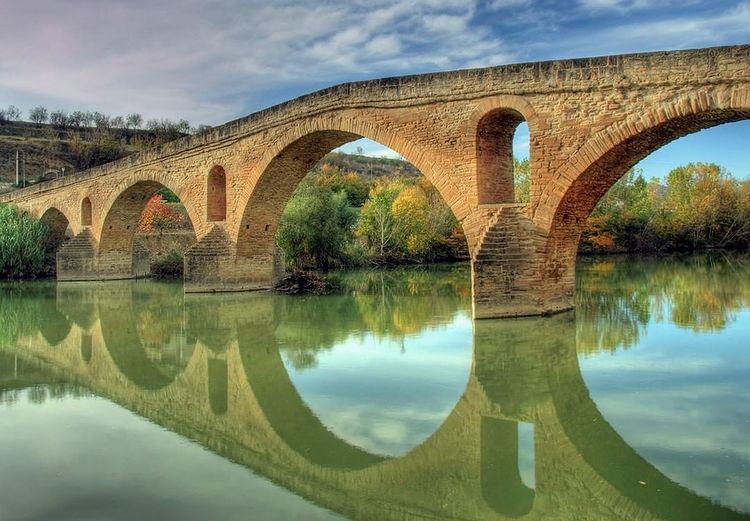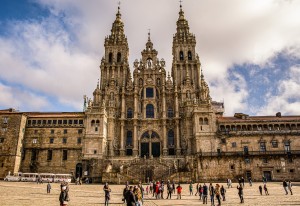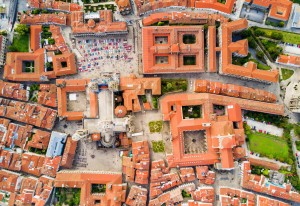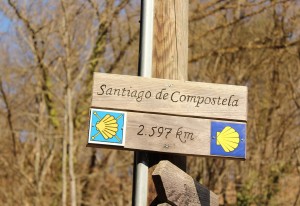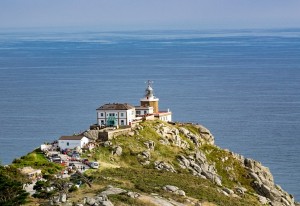Puente la Reina is the Navarrese town where the two main branches of the Camino de Santiago meet: the one coming from Roncesvalles (Navarra) and the one coming from Somport (Huesca).
It owes its name to its strategic essential bridge to cross the mighty river Arga. Due to its strategic importance and to prevent the passage of the enemy army to the town, it was originally fortified with three towers, one on each side and another in the center. Inside the central tower of the bridge, a Renaissance carving of the Virgin of Puy, patron saint of the town, was placed.
The txori and the Virgin
Since 1824, the inhabitants of the town have been documenting the visits of a txori (which means little bird in the Basque language) that fluttered around the statue of the Virgin. The little bird used its wings to clean the cobwebs that were accumulating in the image and even went to the river to wet its beak and carefully wash the Virgin’s face with it.
During the First Carlist War
Ten years after the first appearance of the txori, the Royal Army formed a detachment in Puente de la Reina to avoid possible attacks by the Carlist army. The people sympathized with the Carlists, something that did not please the government troops. Furthermore, his arrival coincided with the return of the txori, so the atmosphere in the town was one of pure concern. The Count of Vía Manuel, who led the detachment, disdained this tradition and fired his cannons next to the bridge. This action caused public disturbances throughout the town.
Two weeks later, the Carlists defeated the Royal Army and the Count of Vía Manuel was captured and later shot in August 1834. This news was interpreted in Puente de la Reina as divine punishment for having despised the txori, and his miraculous character grew even more.
The end of the miracle
The bird continued with its work caring for the Virgin, they are documented between 1840 and 1843. That was the last year in which the txori was able to perform its miracle, since the liberal government ordered the demolition of the bridge tower that housed the carving of the Virgin. Although the image is preserved in the altarpiece of the parish church of San Pedro, the txori did not appear again.
Despite the fact that the miracle of the txori ended almost two centuries ago, its legend lives on among the people of Puente de la Reina. From there it continues to spread thanks to the pilgrims who cross the famous Pilgrims’ Bridge.
Remember that on our social networks we will keep you up to date with all the news that arises, follow us on Facebook or Instagram!
In addition, we encourage you to share with us your experience traveling the Camino de Santiago on these social networks by tagging us or including the hashtag #alberguesdelcamino in your publication. We await your photos!







